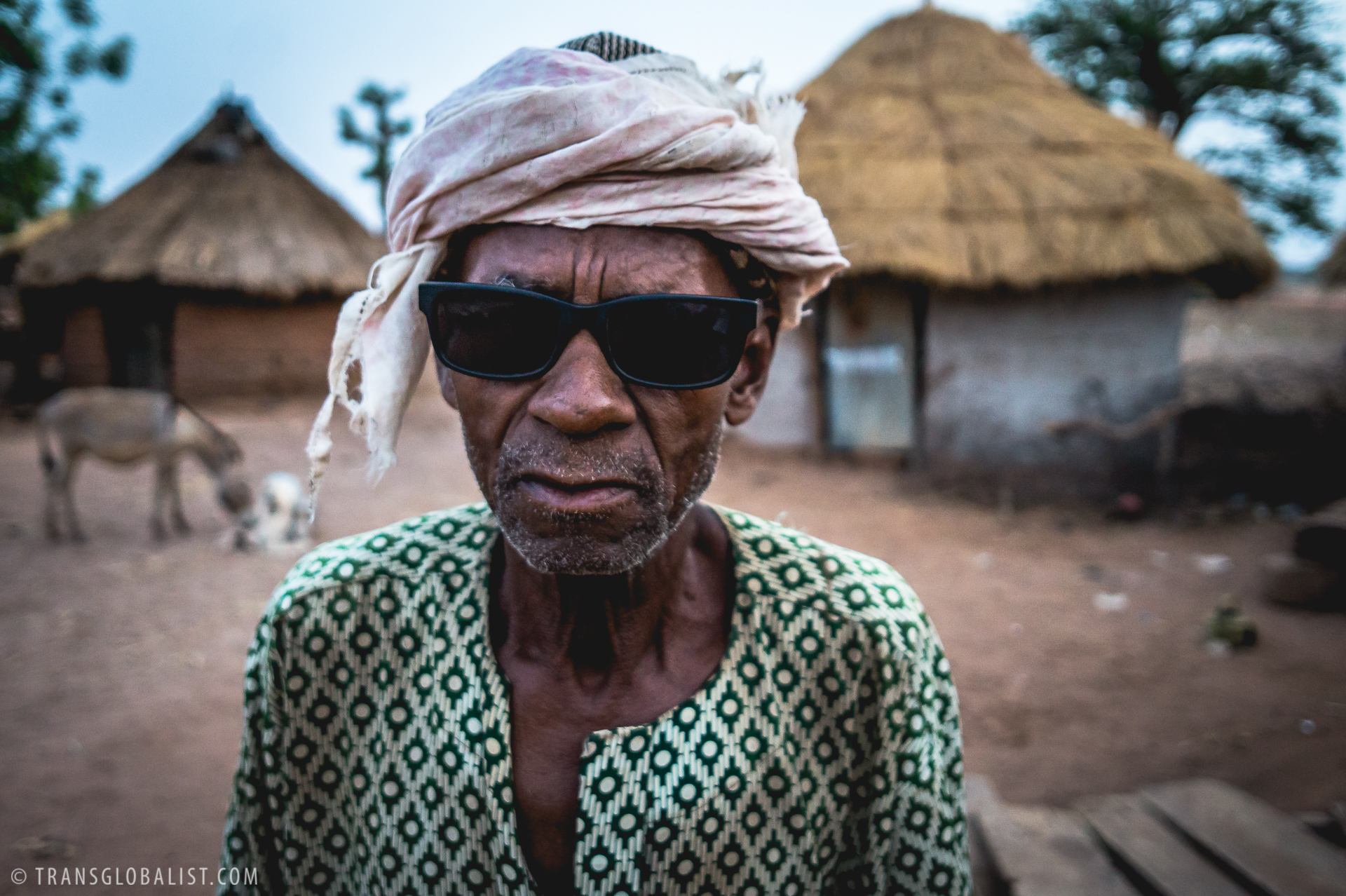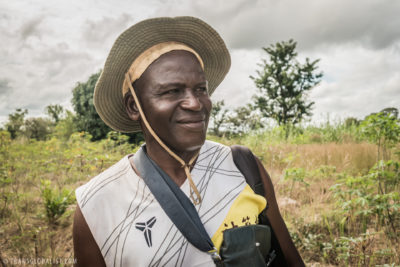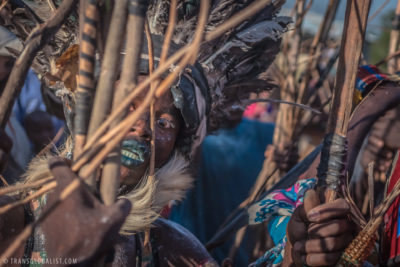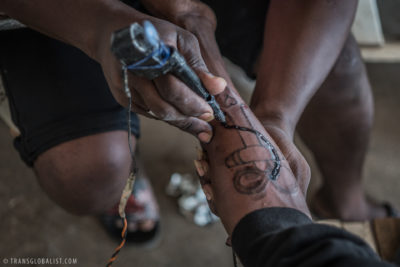[ Bissau, Guinea-Bissau ]
And then came Six, DAY Six that is.
My plan for weeks had been to follow the south bank all the way to Basse, a goal now within reach: 70km of smooth tarmac, straight ahead. Yet, when the policemen at the checkpoint asked for my destination I said “you know, I’m not sure.” I was at the crossroads which led north to Janjanbureh/Georgetown and a small ferry to the north bank. The route would add forty unpaved kilometers and another half day.
I turned around and headed north. More accurately: I took the easy way for about five minutes, stopped in the middle of the road arguing with myself for another five, and then became so irritated with my decision I turned around and went north instead. The policemen laughed at me and told me I was crazy–a fair assessment.
What a great decision this was. I rode more-or-less alone for dozens of kilometers on a gravel road skirting one traditional village after the other: Fula, Wolof, Mandinka. The only traffic at all were donkey carts, motorcycles, and big rigs from a construction camp up the road. There was only one pseudo-crossroads/bus stop along the route–within literal spitting distance of the Senegal border (yes, my saliva crossed the border illegally), and I took a nap under a massive mango tree next to all the ladies selling mangoes and cashews. At the back of a crumbling shack near the mosque, an old man ran a generator so he could sell cold sodas to the bus passengers. I bought three of them.
Water resupply was now a matter of hauling up pails, and this I did in a couple of really tiny villages, where the women typically looked at me funny–until I started pulling up extra pails for them: it’s important to show one’s gratitude, no? And water resupply (and the standard head soaking) had become important: afternoons temps were always above 38C/100F, and the cool ocean breeze had morphed into a red dust-filled convection oven. But the pay-offs were over-the-top. Not only my time at the crossroads and the wells (which were fantastic), but ultimately and unforgettably where I ended up spending the night.
Once again I almost bypassed the experience, thinking I should finally camp alone in the bush, just for a change. I find that this is almost always a bit of self-deception, though: what it really means is “I just don’t want to have to go through the whole effort of being the strange guy in a strange place again; I’d rather hide in the woods, in my tent, and go to sleep.” After this morning’s wavering, I ix-nayed that ecision-day and had one of the very best experiences of my traveling life.
The village is Sinchu Musa, and I am in love with it. There was one community member, Ibrima, who had worked in Serrekunda for years and who spoke excellent English. He introduced me to the village head, or Alkalo, and I spent hours with the two of them discussing everything imaginable: village history, global politics, religion, colonialism, climate change, you name it. Their personal histories were also fascinating–not what you’d likely think considering the remote location and traditional bearing of this village. The Alkalo, in particular, had many endearing stories, including his motorcycle journey from Paris to Gambia with his bride, many years earlier.
I broke fast with Ibrima’s family, sitting in the traditional family compound, watching the full moon rise over the iconic thatched roofs. I realized I had been here before, and had this same feeling: my first day in Kot, in eastern Nepal. But now it’s somehow even better; a feeling of amazement that arises not from novelty but a transcendent at-homeness. That’s badly expressed, but there was a realization that all of these events in my life have become a part of me–that I am comfortable and at home in places I never even dreamed I’d see.
There are moments when you wonder if your life could be any more perfect, and on this evening my answer was a definite “no.”
Pinch me: my dreams are standing before me, made real.
—jim






